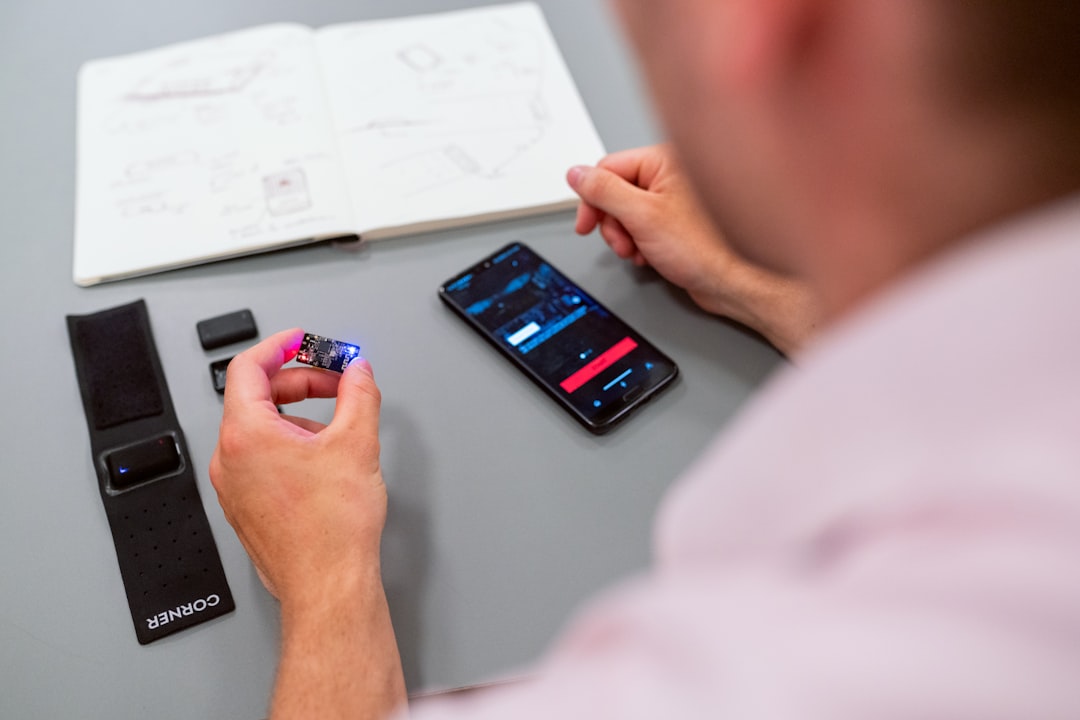
Fake Cellular Workstations: The Evolutionary Emulation Revolution
In the ever-evolving landscape of technology, the concept of Fake Cellular Workstations has emerged as a revolutionary emulation tool, transforming how we approach cellular network testing and development. These workstations simulate real cellular environments, enabling developers, engineers, and researchers to test applications, devices, and services without the need for physical network infrastructures.
Understanding Fake Cellular Workstations
Fake Cellular Workstations are sophisticated systems that create simulated cellular networks. By emulating various network conditions, they allow users to interact with mobile applications and devices as if they were operating in real-world scenarios. This technology has become essential for software testing, network optimization, and research, particularly in environments where building a physical network is impractical or too expensive.
Key Features and Technologies
1. Network Emulation
At the heart of Fake Cellular Workstations is their ability to emulate different cellular network standards such as GSM, CDMA, LTE, and 5G. This capability allows developers to simulate scenarios like low signal strength, high latency, or network congestion, providing invaluable insights into how applications will perform under varying conditions.
2. Integration with Development Tools
Fake Cellular Workstations often integrate seamlessly with popular development frameworks and tools. This integration streamlines the testing process, allowing developers to focus on building robust applications. For instance, many workstations support APIs that enable automated testing, making it easier to validate application performance consistently.
3. Real-time Monitoring and Analytics
One of the standout features of these workstations is their ability to provide real-time monitoring and analytics. Users can visualize data traffic, error rates, and performance metrics, which are crucial for identifying potential issues before deploying applications into production environments.
Current Developments in Fake Cellular Workstations
The demand for Fake Cellular Workstations has grown rapidly as organizations increasingly rely on mobile technologies. Some notable developments include:
– Enhanced User Interfaces
Modern Fake Cellular Workstations come with user-friendly interfaces that simplify the setup and configuration processes. This accessibility allows teams with varying technical expertise to utilize the technology effectively.
– Cloud-Based Solutions
With the rise of cloud computing, many Fake Cellular Workstations are being offered as cloud-based services. This shift enables users to access powerful emulation capabilities without the need for significant hardware investments.
– Support for 5G Technologies
As the telecommunications industry transitions to 5G, Fake Cellular Workstations have evolved to support this new standard. This adaptability ensures that developers can test applications designed for high-speed, low-latency networks, paving the way for innovations in mobile broadband and IoT applications.
Practical Applications and Case Studies
– Mobile Application Testing
One of the primary applications of Fake Cellular Workstations is mobile application testing. For example, a leading app development company utilized a Fake Cellular Workstation to emulate various network conditions while testing their latest mobile banking application. This approach enabled the team to identify performance bottlenecks and improve the user experience before launch.
– Research and Development
Universities and research institutions are leveraging Fake Cellular Workstations for academic purposes. Researchers studying the impact of network conditions on telemedicine applications have successfully used emulation to replicate diverse environments, leading to insights that can enhance healthcare delivery.
Expert Opinions
According to Dr. Jane Smith, a telecommunications expert, “Fake Cellular Workstations are revolutionizing how we approach mobile network testing. They eliminate the need for cumbersome physical setups and provide a flexible, cost-effective solution for developers and researchers alike.”
Conclusion
The evolution of Fake Cellular Workstations represents a significant advancement in the field of telecommunications and software development. By providing an environment that simulates real-world network conditions, these workstations help ensure that applications are resilient and ready for deployment.
For those interested in diving deeper into this technology, consider exploring resources such as IEEE Xplore for academic papers and articles related to network emulation, or GitHub for open-source projects and tools in cellular network testing.
As technology continues to advance, staying informed and adapting to new tools like Fake Cellular Workstations will be crucial for anyone involved in mobile technology development. Share this article with your peers, subscribe to our newsletter for the latest updates, and consider trying out a Fake Cellular Workstation for your next project!
Glossary of Terms
- Emulation: The process of simulating an environment to replicate the behavior of a system.
- GSM: Global System for Mobile Communications, a standard for mobile networks.
- 5G: The fifth generation of mobile network technology, offering faster speeds and lower latencies.
- API: Application Programming Interface, a set of protocols for building software applications.
By understanding and utilizing Fake Cellular Workstations, technology professionals can enhance their testing processes, ultimately leading to better products and services in the mobile ecosystem.


